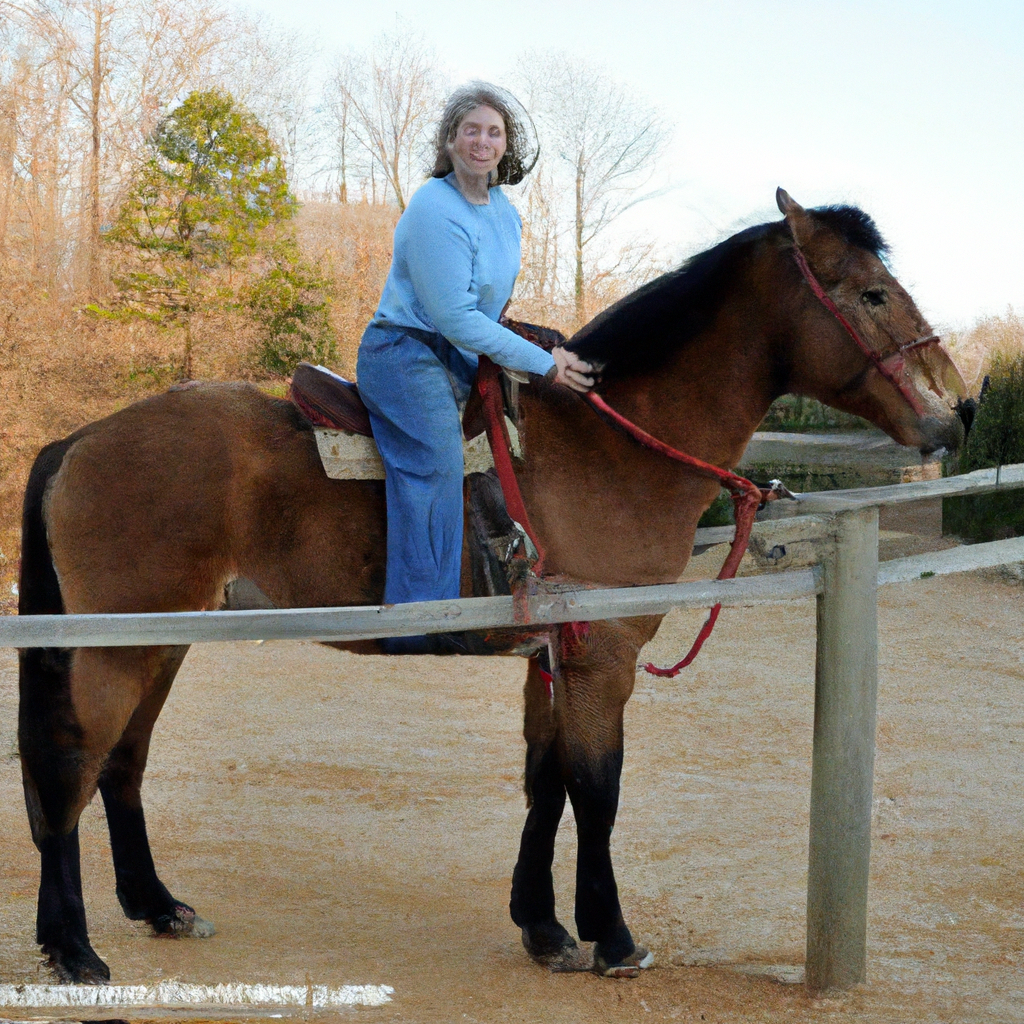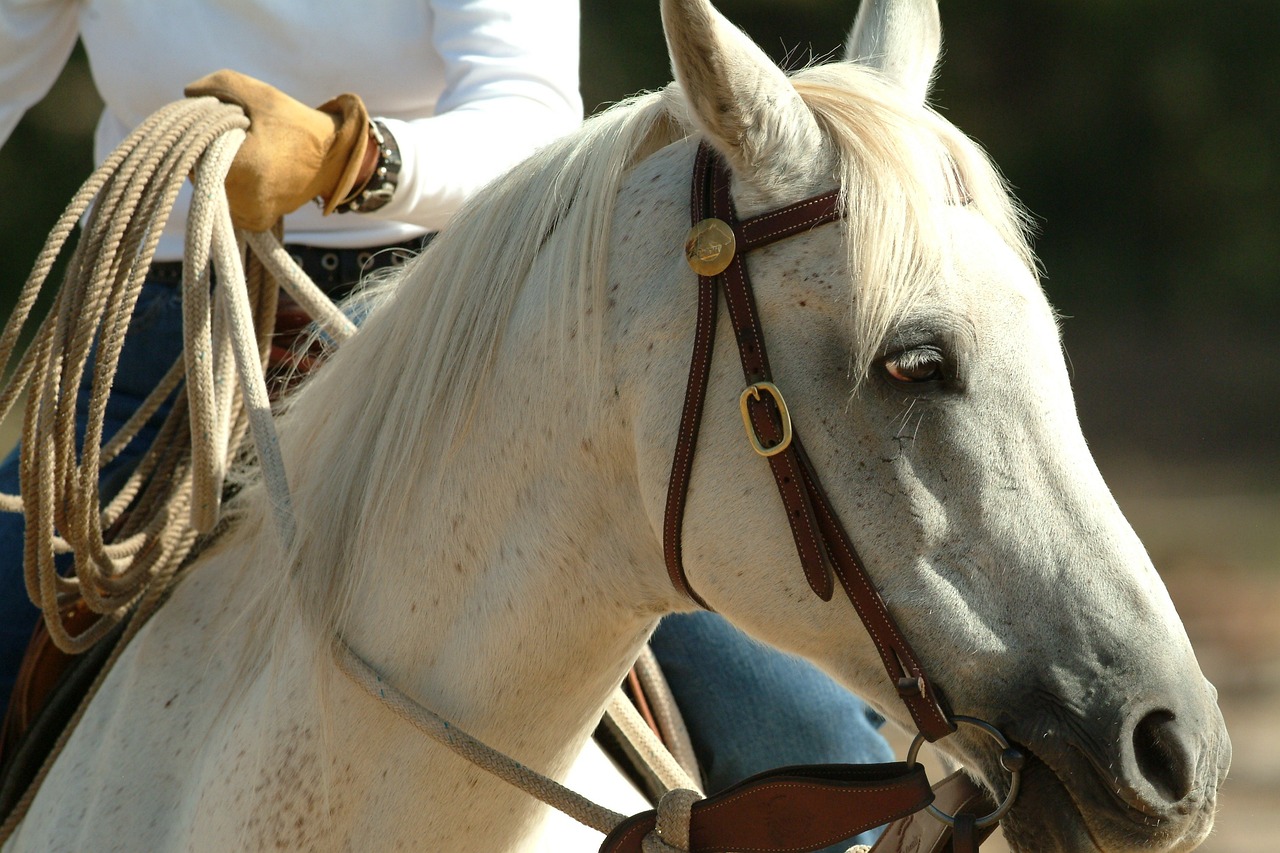If you’ve ever longed for a deeper connection with your equine friend, then you’re on the right track. “Mastering Horse Groundwork Techniques” is the guide you’ve been looking for. This piece serves as a comprehensive resource to help you better understand and effectively use groundwork techniques with your horse. Whether you’re an experienced rider or a total beginner, understanding these techniques and their importance can lead to a rewarding and safe horse-riding experience. So, saddle up for an educational journey through horse training and communication practices that will undoubtedly enrich your bond with your equine companions.
Understanding the Importance of Groundwork
Groundwork isn’t just about horse exercising but building a strong foundation of trust and mutual respect. It helps in improving communication between you and your horse.
Foundation of horsemanship
Groundwork is the foundation of good horsemanship. It allows you to build a strong and reliable relationship with your horse, where both of you understand each other’s behaviour, movements, and reactions. Imagine being in the middle of a track and your horse suddenly becomes frightful, only to realise that your years of groundwork have allowed you to calm your horse and prevent a potential accident. That’s how beneficial groundwork can be.
Building trust and respect
When you handle your horse on the ground, he begins to see you not just as a rider but a confident and respected leader. Patience and consistency are key here. Constant practicing will teach your horse to respect you, trust your directions, and view you as the alpha of your mini pack.
Enhancing horse and rider communication
Groundwork is a form of conversation between you and your horse. It allows you to establish clear and effective communication lines that can be instrumental in understanding each other. It seals the communication gaps and enables better interpretation of signals during a ride.
Basics of Horse Language
Understanding the horses’ language can help enhance the connection between you two. It’s about recognizing their body language and signals.
Recognizing horse body language
Horses are expressive creatures. Their body language can tell you a lot about their feelings, emotions and thoughts. It could vary from contentment, fear, anger, anxiety, and comfort. Learning to read these expressions can make groundwork more effective.
Developing effective non-verbal communication
Various non-verbal cues such as your stance, movements, and pressure exerted can influence horse behaviour immensely. It’s essential to learn how to use them tactfully to guide your horse effectively.
Significance of horse sounds and signals
Horses are not silent animals. They make sounds, and each sound holds a distinct meaning. Recognizing these sounds can take you long in understanding your horse’s needs, fears, and contentment.
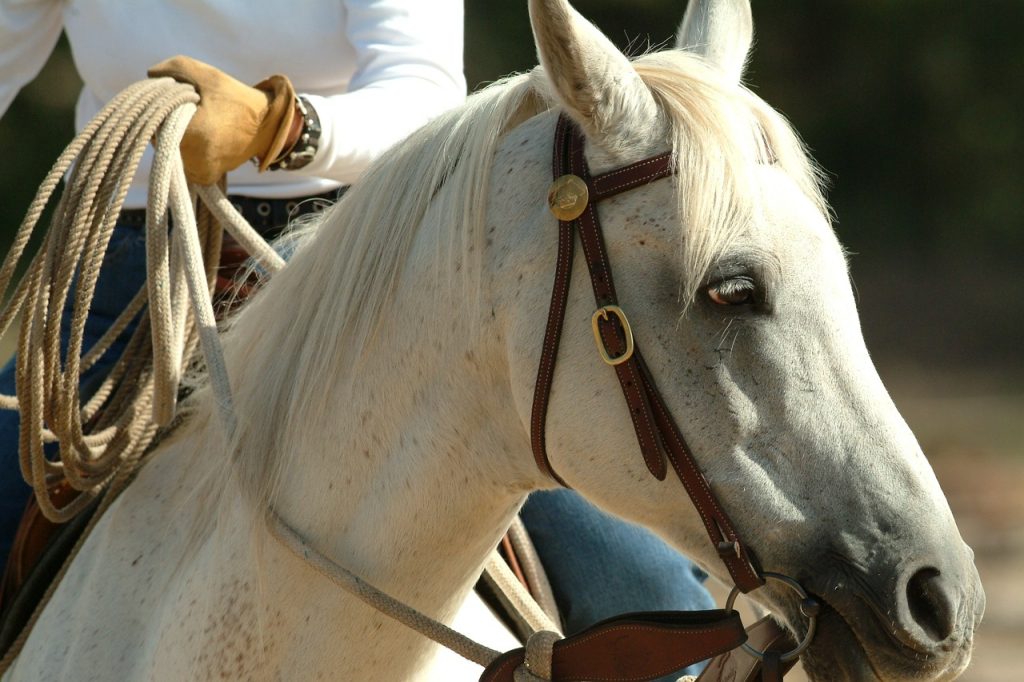
Essential Groundwork Skills
Groundwork is not one-size-fits-all. It involves various skills and techniques.
Leading and haltering
Leading and haltering is a crucial part of groundwork. Here, the horse learns to follow you and respect your space while being led.
Lunging
Lunging helps build physical fitness and improves obedience. The horse essentially moves in a circle around you while responding to your commands.
Yielding to pressure
A significant part of groundwork, this technique involves teaching the horse to respond to the pressure applied by the rider. It’s an ideal way to get your horse to move in the way you intend him to.
Teaching Ground Manners
Ground manners are an integral part of groundwork. It helps in controlling bad behaviours like pushing, biting or kicking.
Instilling patience and respect
By practicing ground manners, you teach your horse to respect your space, and in the process, the horse will learn patience. This is essential for a safe and secure relationship.
Handling a pushy horse
Groundwork exercises help in containing pushy behaviour. A pushy horse can be a risk to handle. Groundwork allows you to establish your dominance, instilling respect in your horse.
Dealing with biting or kicking
Groundwork can help control unpredictable and dangerous habits like biting or kicking. In doing so, it ensures the safety of both the rider and the horse.
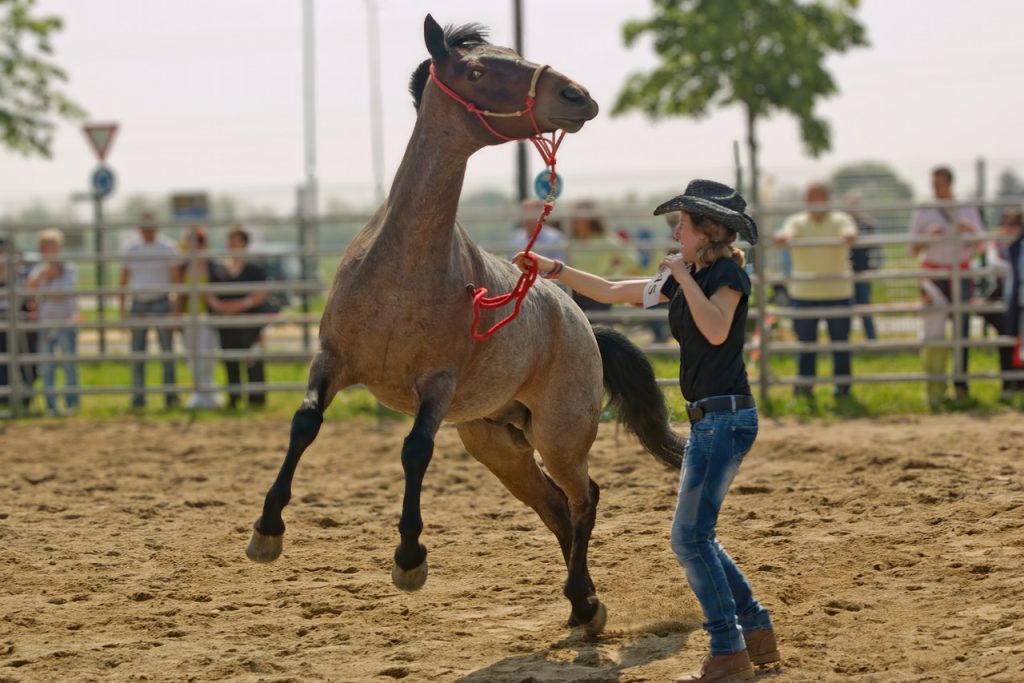
Groundwork Exercises for Beginners
For beginners, there are various groundwork exercises that can help in building trust, improving communication, and enhancing horse’s body coordination.
Round pen work
Isolated from any distraction, round pen work will help the horse to focus and respond to your cues effectively.
Trotting poles
Starting with trotting poles can help your horse become steady, develop muscles, and improve stride.
Trail obstacle training
This involves your horse to overcome various obstacles on a trail under your directions. It improves horse confidence and obedience.
Intermediate Groundwork Techniques
Liberty work
Liberty work is an advanced groundwork exercise that involves communication with your horse without the use of ropes or reins. It strengthens the trust and bond between both of you.
In-hand lateral work
In-hand lateral work enhances the flexibility and balance of your horse. It also instils a sense of discipline and obedience while improving the response to your cues.
Advanced yielding exercises
An advanced yielding exercise involves getting your horse to move his body in certain ways in response to the pressure of cues without using reins or ropes. It paves the path to a more controlled and smooth ride.
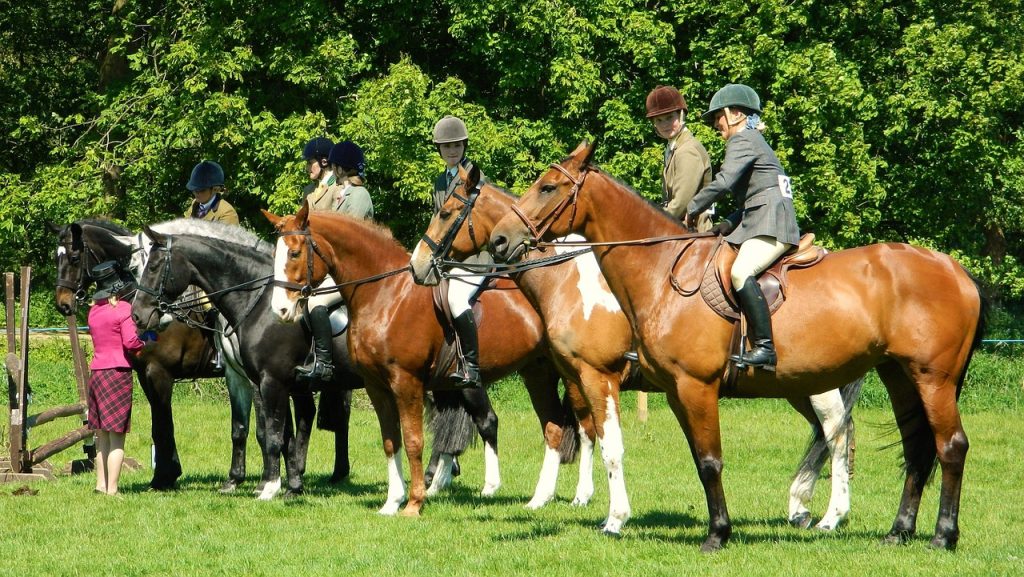
Practicing Groundwork with Difficult Horses
Dealing with difficult horses can be a strenuous task. However, groundwork can ease up the process.
Working with spooky horses
An anxious or spooky horse can be difficult to handle. Groundwork, however, tends to calm them down by focusing their energy on tasks and commands.
Rehabilitating aggressive or nervous horses
Through consistent groundwork, aggressive or overly nervous horses can be rehabilitated to a calmer, more respectful state.
Building confidence in a timid horse
A timid horse requires careful and patient handling. Groundwork can help gradually build their confidence, making them more comfortable around you.
Groundwork Tools and Equipment
There are certain tools and equipment essential for groundwork.
Essential gear for groundwork
Having the right gear is essential for safe and effective groundwork practice. This includes a good quality halter and lead, a lunge line, and a horse-friendly whip.
Safety considerations in choosing equipment
Choosing equipment also comes with safety precautions to prevent any mishaps or discomfort to the horse.
Using aids such as whips and clickers
Though extras, aids such as whips and clickers often come in handy during groundwork. These aids help in getting the horse’s attention and leading them in the right direction.
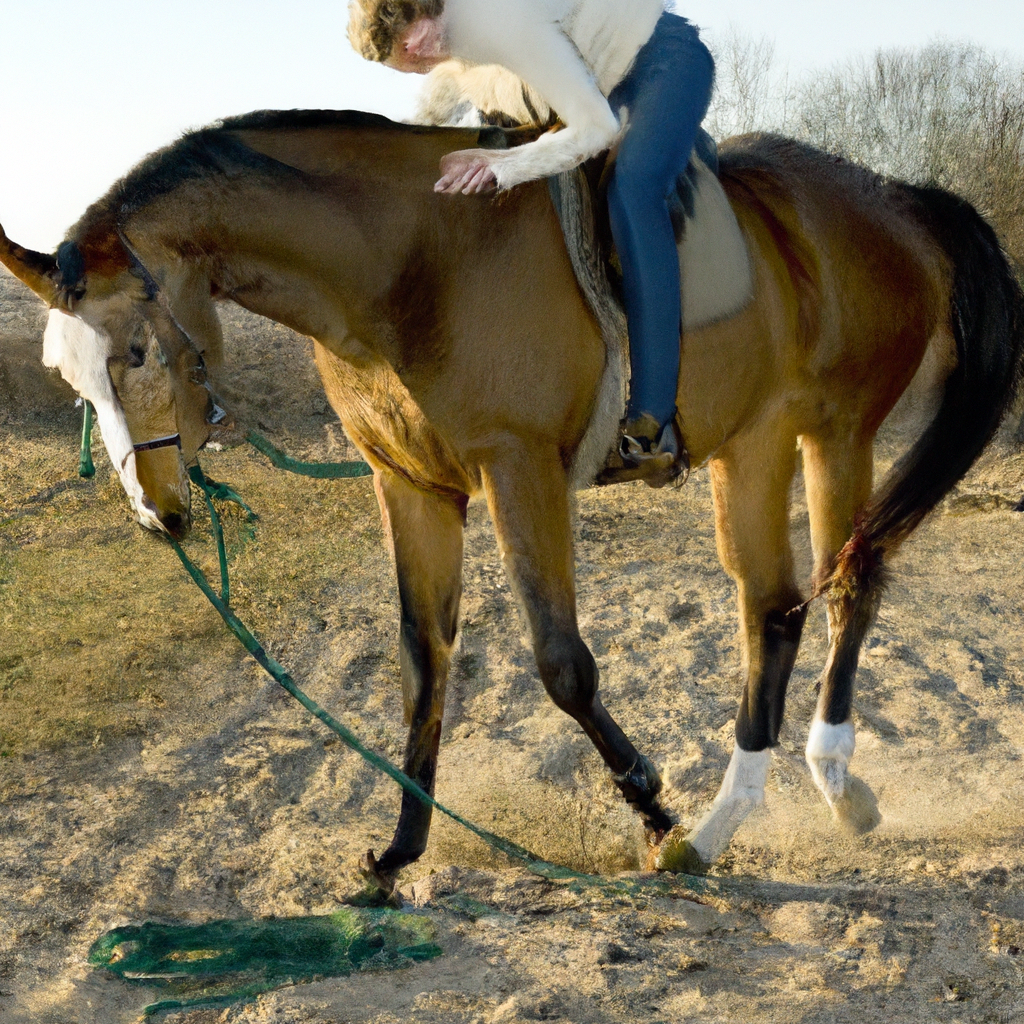
Common Groundwork Mistakes and How to Avoid Them
Avoiding common mistakes can enhance the effectiveness of your groundwork practice.
Inconsistent cues
Consistency in cues is the key to proper groundwork. Inconsistent cues can be confusing and the horse might fail to understand what you require of them.
Horse getting too close or personal space invasion
Allowing your horse to invade your personal space can result in disrespectful behaviour. Groundwork helps maintain a safe distance.
Failing to acknowledge and reward
Failing to acknowledge and reward your horse’s efforts can lead to a lack of motivation. Always appreciate and reward a job well done to encourage good behaviour.
Benefits of Regular Groundwork Practice
Groundwork is not a one-time affair, but a continual process.
Improving horse behaviour
Regular groundwork enhances your horse’s overall behaviour, it conditions them to behave respectfully and obediently.
Heightening horse responsiveness
Continual groundwork keeps your horse on its toes, heightening its responsiveness towards directional and behavioural cues.
Strengthening horse and rider bond
Last but certainly not least, groundwork helps in forming an unbreakable bond of trust, respect, and understanding between you and your horse. It strengthens your communication, making your rides more enjoyable and safe.
